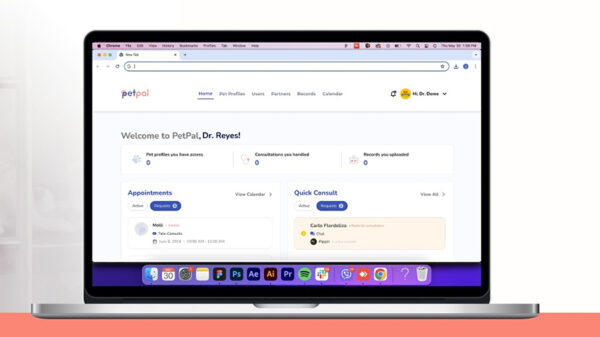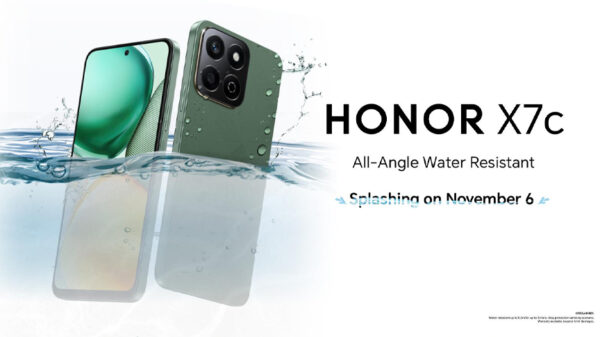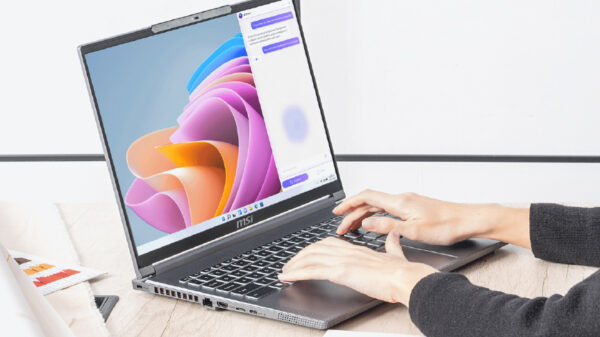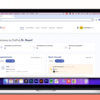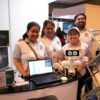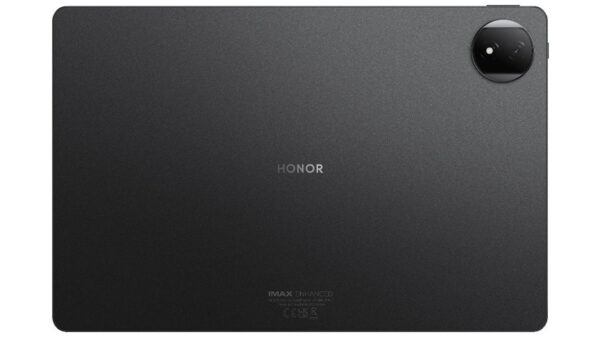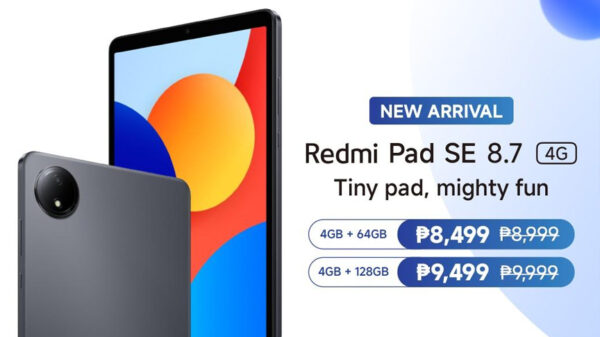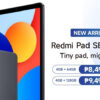In a relatively ‘young’ and developing market like the Philippines, it is not surprising that new and innovative technologies are readily being adopted by local consumers. One of the latest gadgets which has been gaining widespread acceptance is media tablets, which registered nearly two-fold (95%) increase in sales volume in the first quarter of 2014 compared with the same period last year.
According to GfK retail audit report, tech-savvy consumers in the country spent around US$65.8 million on 270,000 units of media tablets in the first three month of 2014 as compared to only $49 million in the same timeframe last year.
“The fact that three-quarters of the population fall below 40 years of age is a strong driver for the development of technical products as younger consumers are much more open to the adoption of new technology,” highlighted Benny Villanueva, Managing Director for GfK in the Philippines.
Another growth driver of the buoyant media tablet sector is the wide array of product brands and models that are available to consumers. This year, 22 new local and international players jumped onto the bandwagon to introduce a total of 150 models into the market, offering media tablets for as low as $42 to as high as $1,012.
“Competition in the media tablet market got even more exciting with the entry of relatively big global names such as Sony, LG, Lenovo, Skyworth and Cloudfone,“ noted Villanueva. “While major international brands have consistently played in the higher price brackets, local and Chinese brands have successfully developed the low price segment which brought down the average cost and made the device even more affordable.”
GfK reported the average price of media tablets dropping by around 31 percent from last year’s $356 to $246 for the first quarter of 2014. In spite of the lower prices, total market value for media tablets still managed to rise by 35 percent attributed to the strong sales volume of the product.
“Its greater portability, on top of similar basic functionalities with netbooks and laptops make media tablets a very much sought-after option for buyers seeking portable computing devices,” said Villanueva.
Meanwhile, basic Wi-Fi only models represent the best selling segment in the country as they are more affordable, averaging at around $42. Its popularity is also attributed to the fact that majority of commercial establishments are now providing free Wi-Fi connectivity to their customers, thereby making those that are equipped with the more costly 3G feature less of a necessity.
“These days, it is common to see young children using media tablets as a form of entertainment-on-the-go, proving that the product is now spanning a wider market to reach those even below 10 years old,” said Villanueva. “With its broad ranging target market, we are anticipating the media tablet business in the Philippines to continually enjoy double digit growth for the next 3 years,” concluded Villanueva.



